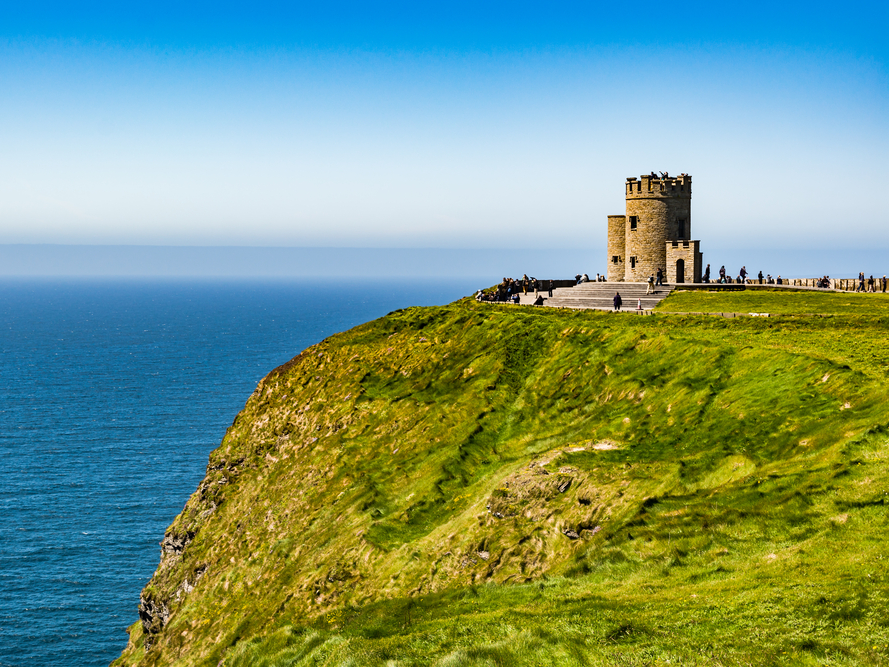- Ireland is often called the Emerald Isle because of its luscious green landscapes.
- The Cliffs of Moher are a must-see for visitors in search of picturesque views.
- The Ring of Kerry offers a glimpse of Ireland’s beaches, mountains, and lakes around every corner.
- Visit Insider’s homepage for more stories.
A trip to Ireland isn’t complete without seeing the Cliffs of Moher.
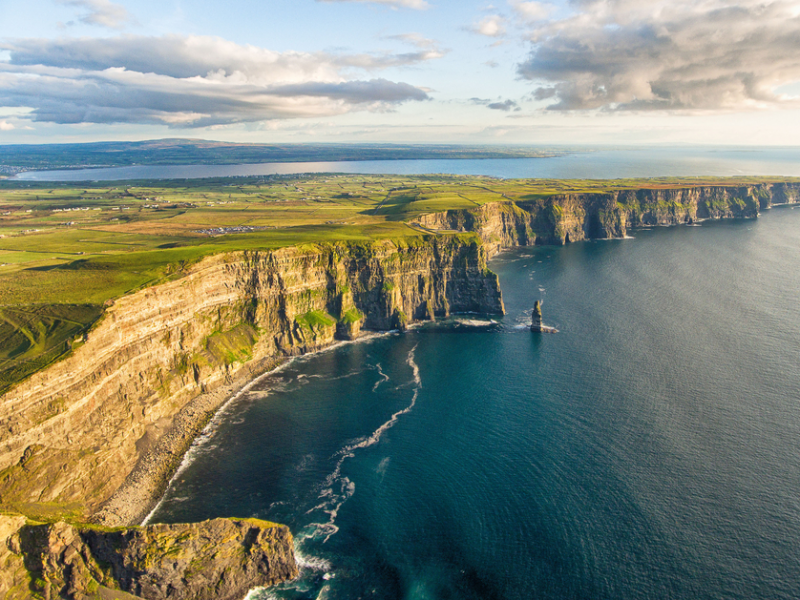
The Cliffs of Moher, located in County Clare, are one of Ireland’s most famous landmarks. The cliffs rise to 702 feet and stretch for five miles along the Atlantic ocean. Tickets to visit the site cost around $8 and include access to various attractions on the cliffs, including O’Brien’s Tower, the visitor’s center, and the gift shop.
Travelers may recognize the cliffs from popular films like “Harry Potter and the Half-Blood Prince” and “The Princess Bride.”
Visitors can follow the narrow roads around Ireland’s Ring of Kerry.
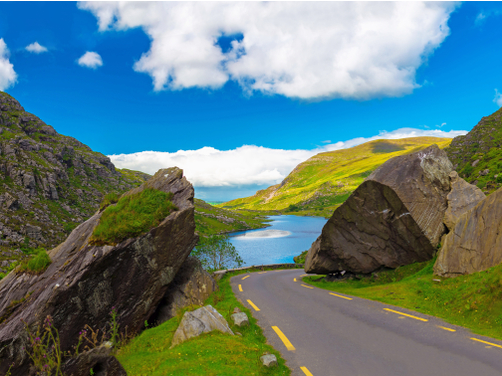
The Ring of Kerry is a 111-mile circular route that travels through the Iveragh Peninsula in County Kerry, offering scenic views of Ireland’s beaches, mountains, and lakes around every corner.
The route takes about 3.5 hours to drive (without stopping) and includes popular visitor attractions such as the Gap of Dunloe, Torc Waterfall, and Staigue Fort.
The Wicklow Mountains are full of vibrant greenery.
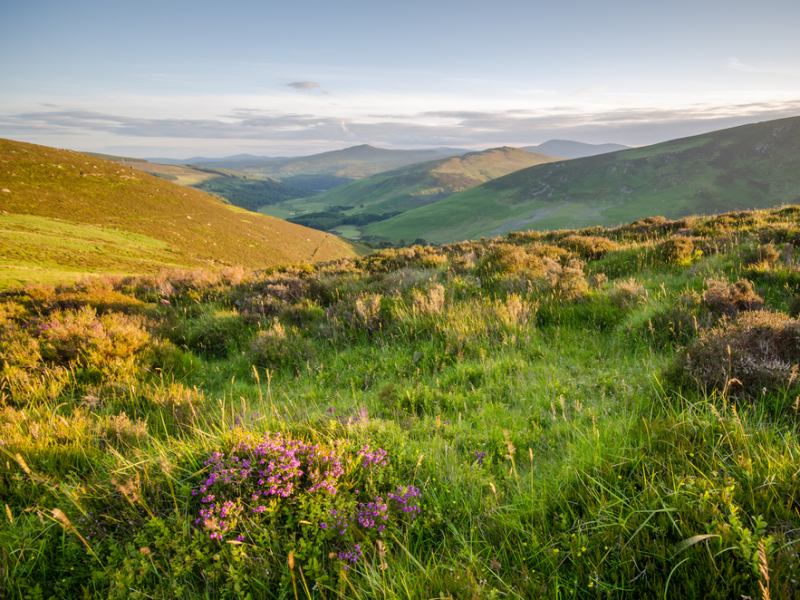
Wicklow Mountains National Park is the largest of Ireland's six national parks, spreading out over 85 square miles. The best way to experience the scenery is to hike through the valley of Glendalough or take a drive through the mountains.
The stunning mountains have also served as a backdrop for the 2007 film, "P.S. I Love You."
Carrauntoohil is the highest peak in Ireland.
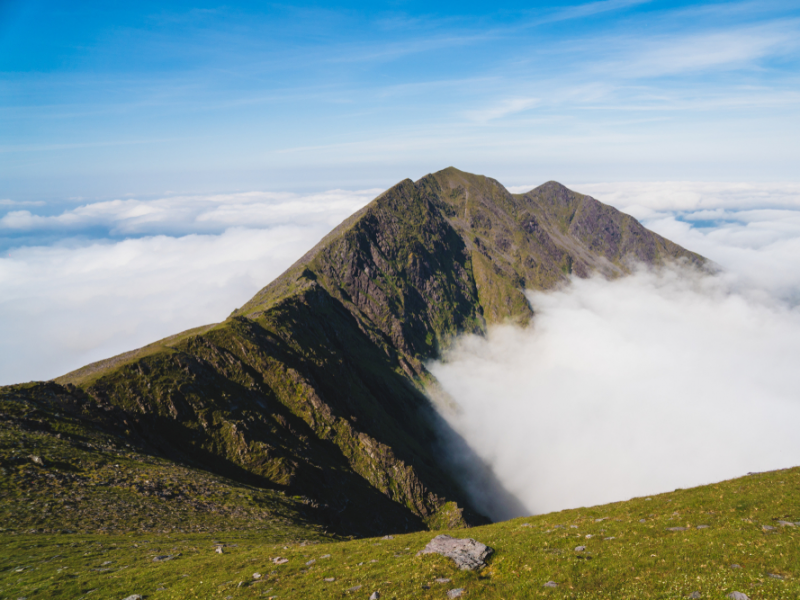
At 3,406 feet tall, Carrauntoohil in County Kerry is the highest peak in Ireland. It is found in the Macgillycuddy's Reeks mountain range.
Reaching the top of the mountain range can be quite a challenge for inexperienced hikers. The most popular route is the Devil's Ladder, which takes between four and six hours to hike.
Croagh Patrick is known as the holiest mountain in Ireland.
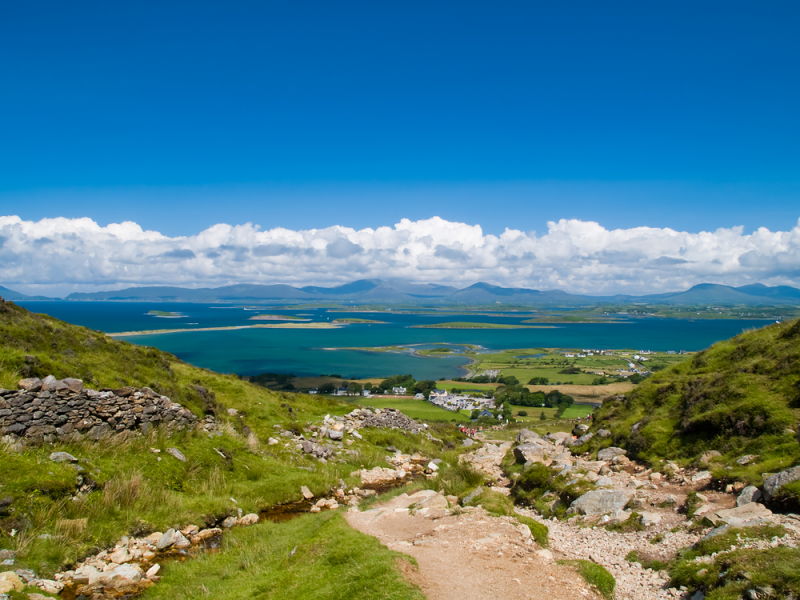
Croagh Patrick was named after St. Patrick, Ireland's patron saint, who is said to have fasted and prayed for 40 days at the top of the mountain during the 5th century.
Every year on the last Sunday of July, or Reek Sunday, thousands of pilgrims climb the mountain, some of which are barefoot. According to Ireland.com, the journey to the top takes around three and a half hours round-trip.
Torc Waterfall is a must-see for those driving along the Ring of Kerry.
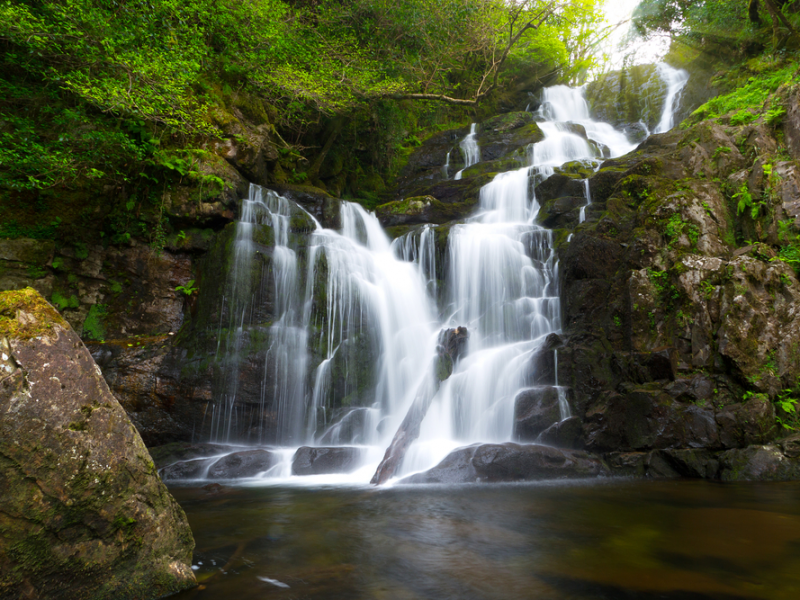
After arriving at the Torc Waterfall, which is located a few miles outside of Killarney, tourists can embark on a journey through the trees for a view of Muckross Lake.
The Giant's Causeway is a unique landscape that's made up of hexagonal columns.
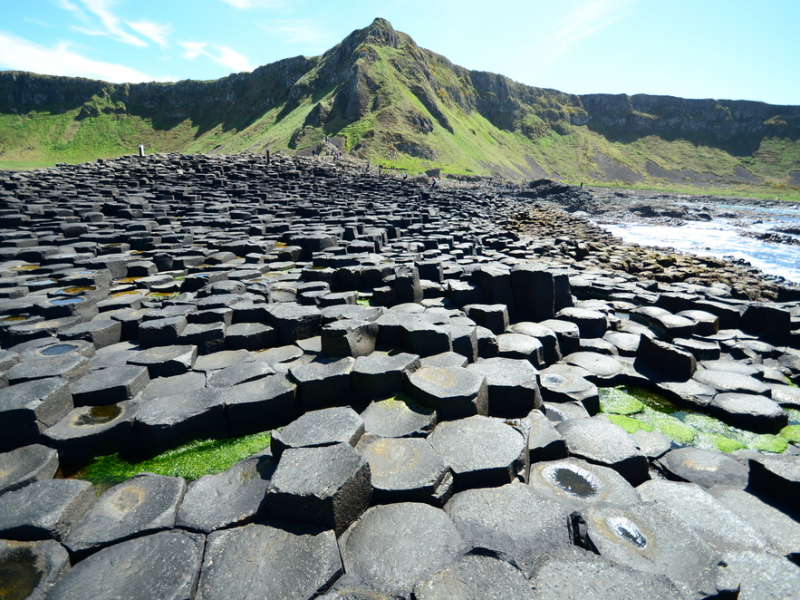
The Giant's Causeway is located in County Antrim, Northern Ireland, and is known for its distinctive landscape made up of around 40,000 basalt columns. The columns were formed between 50 to 60 million years ago as the result of a volcanic eruption. The lava then cooled and cracked, forming the hexagonal pillars.
The Burren is famous for its diverse flora and limestone rocks.

Though much of the Burren's landscape is composed of limestone, it's also home to a diverse combination of plants and wildlife that flourish in the rocky terrain. According to the Burren National Park website, 23 of Ireland's 27 native orchid species can be found in the area.
Donegal's Slieve League cliffs offer views of the Atlantic Ocean.
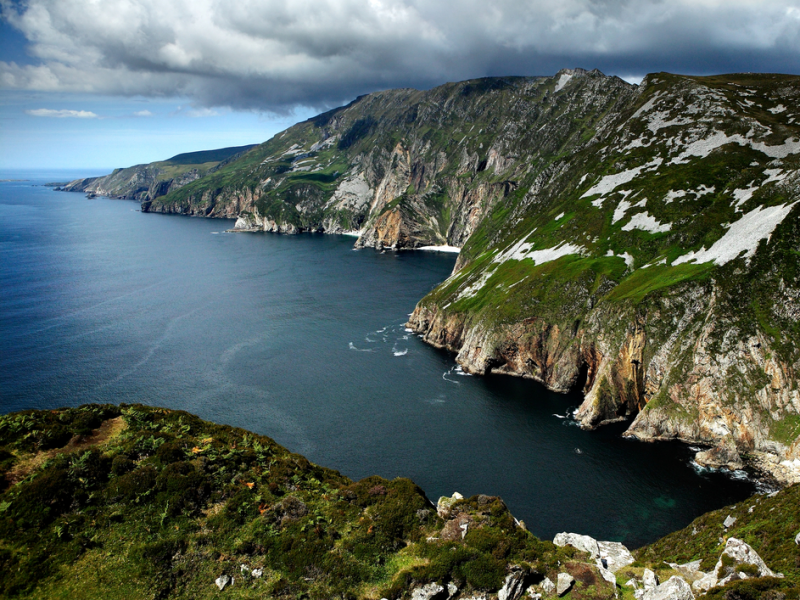
The Slieve League (Sliabh Liag) Cliffs are around 2,000 feet tall and almost three times the height of the Cliffs of Moher - making it one of Europe's highest sea cliffs. There are several viewing points on the cliffs that offer great photo ops. According to the Slieve League website, reaching the summit of the cliffs requires a trek up a narrow path known as One Man's Pass, which is only recommended for experienced walkers.
Skellig Michael is a remote island off the western coast of Ireland.

Skellig Michael is located off the coast of County Kerry, Ireland, and is only accessible by boat. Tours to the island are usually only available between mid-May and September and require a reservation to be made in advance.
The recognizable landscape was used as the setting for both "Star Wars: The Force Awakens" and "The Last Jedi." Since the remote island is also a UNESCO World Heritage Site, only a limited amount of tourists can visit at a time.
Connemara National Park offers a number of scenic routes and hiking trails.
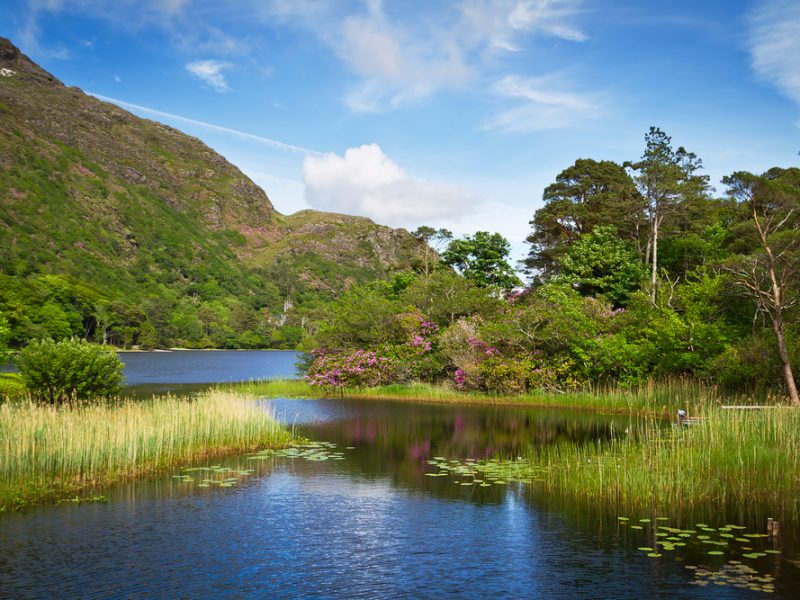
In addition to its breathtaking landscapes and countryside views, Connemara National Park in County Galway is known for its distinctive breed of horses that are native to the region: the Connemara Pony. Admission to the park is free and visitors can observe some of the abundant wildlife found in the area.
One way to experience the scenic mountain park is to book a horseback ride that treks through various trails.
